Children Sehzade Omer Role Sultan | Name Osman II Siblings Murad IV | |
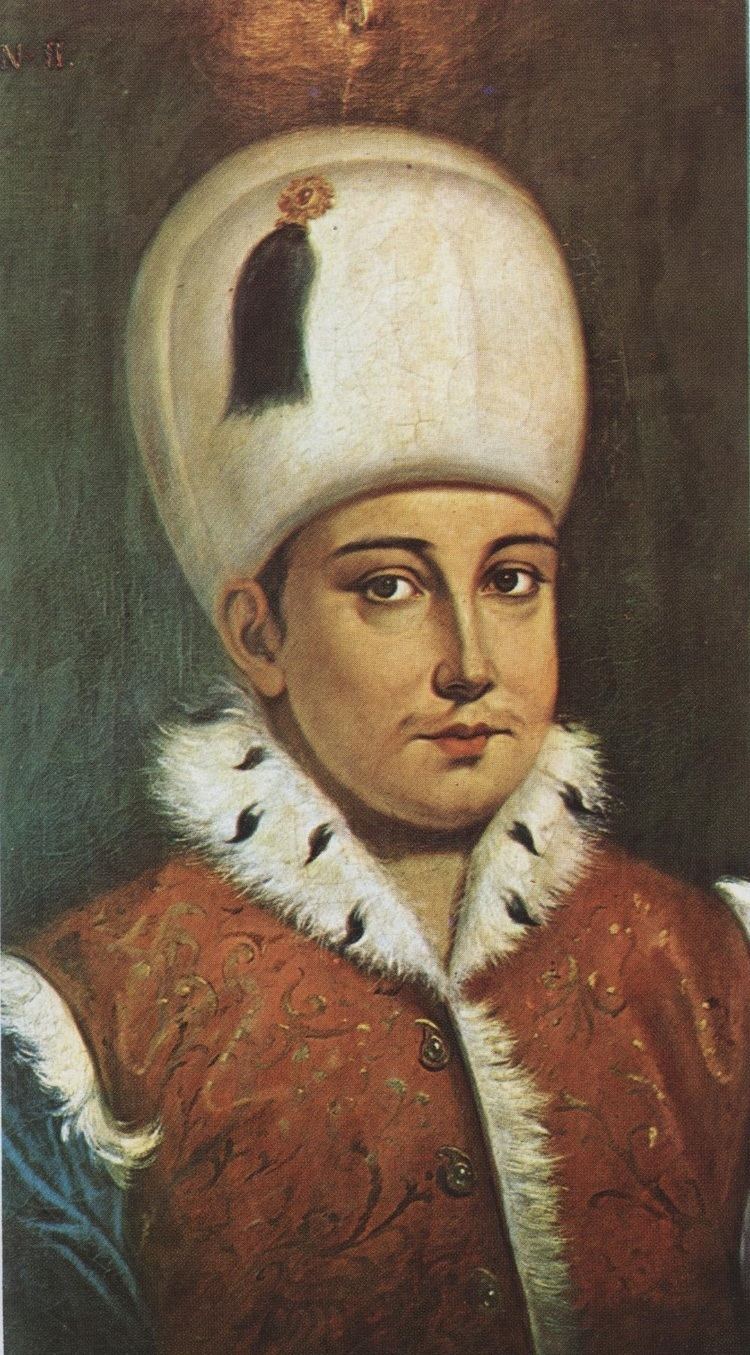 | ||
Reign 26 February 1618 – 10 May 1622 Born November 3, 1604 ( 1604-11-03 ) Died March 20, 1622(1622-03-20) (aged 17) Consorts Akile HatunAyse HatunAyse Sultan Issue Sehzade OmerZeyneb SultanSehzade Mustafa Assassinated May 20, 1622, Istanbul, Turkey Similar People Murad IV, Mustafa I, Ahmed I, Ibrahim I, Mehmed III | ||
Sultan Osman II (Osman 2) - 16th Ruler of Ottoman Empire (Saltanat e Usmania) in Urdu / Hindi
Osman II (Ottoman Turkish: عثمان ثانى ‘Osmān-i sānī; 3 November 1604 – 20 May 1622), commonly known in Turkey as Genç Osman ("Osman the Young" in English), was the Sultan of the Ottoman Empire from 1618 until his death by regicide on 20 May 1622.
Contents
- Sultan Osman II Osman 2 16th Ruler of Ottoman Empire Saltanat e Usmania in Urdu Hindi
- Sultan osman ii the 15th sultan of the ottoman empire
- Early life
- Reign
- Death
- Family
- References
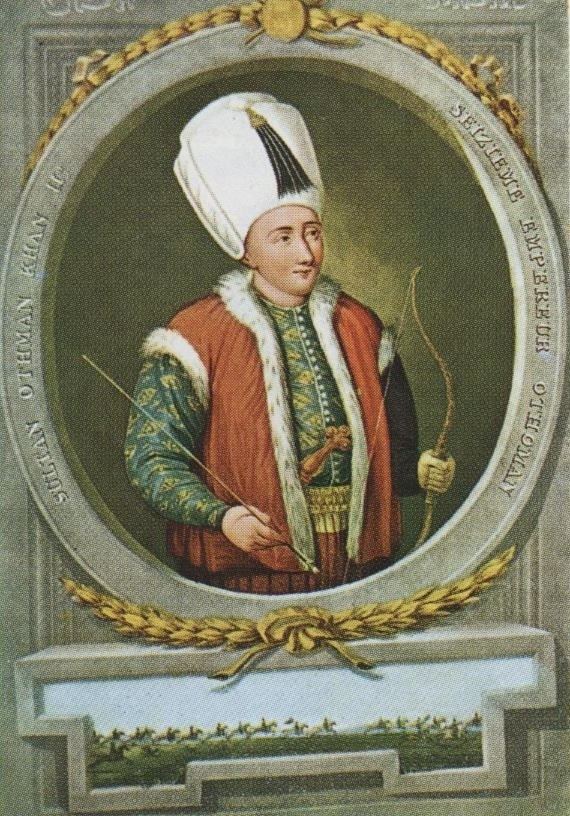
Sultan osman ii the 15th sultan of the ottoman empire
Early life
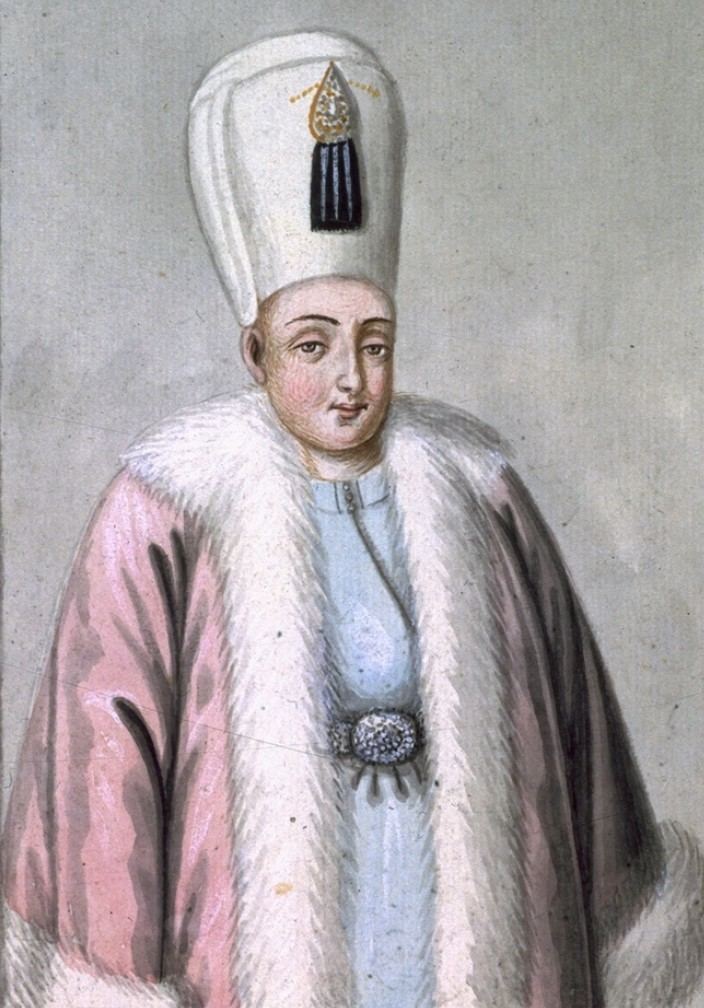
Osman II was born at Topkapı Palace, Constantinople, the son of Sultan Ahmed I (1603–17) and his first wife Mahfiruz Hatun, according to some sources either a Greek or Evdoksiya, a Serbian. According to later traditions, at a young age, his mother had paid a great deal of attention to Osman's education, as a result of which Osman II became a known poet and would have mastered many languages, including Arabic, Persian, Greek, Latin, and Italian; this has been refuted since.
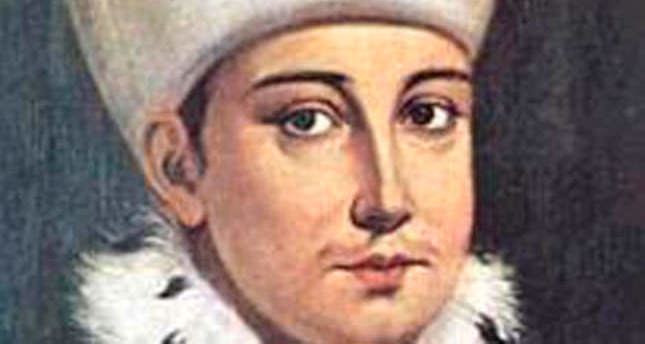
Osman's failure to capture the throne at the death of his father Ahmed may have been caused by the absence of a mother to lobby in his favor; his own mother probably already dead or in exile.
Reign
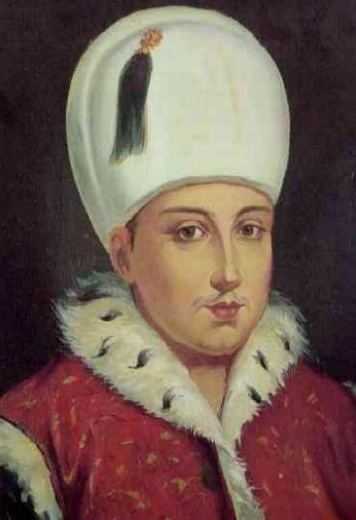
Osman II ascended the throne at the age of 14 as the result of a coup d'état against his uncle Mustafa I "the Intestable" (1617–18, 1622–23). Despite his youth, Osman II soon sought to assert himself as a ruler, and after securing the empire's eastern border by signing a peace treaty (Treaty of Serav) with Safavid Persia, he personally led the Ottoman invasion of Poland during the Moldavian Magnate Wars. Forced to sign a peace treaty with the Poles after the Battle of Chotin (Chocim) (which was, in fact, a siege of Chotin defended by the Lithuanian–Polish hetman Jan Karol Chodkiewicz) in September–October, 1621, Osman II returned home to Constantinople in shame, blaming the cowardice of the Janissaries and the insufficiency of his statesmen for his humiliation.
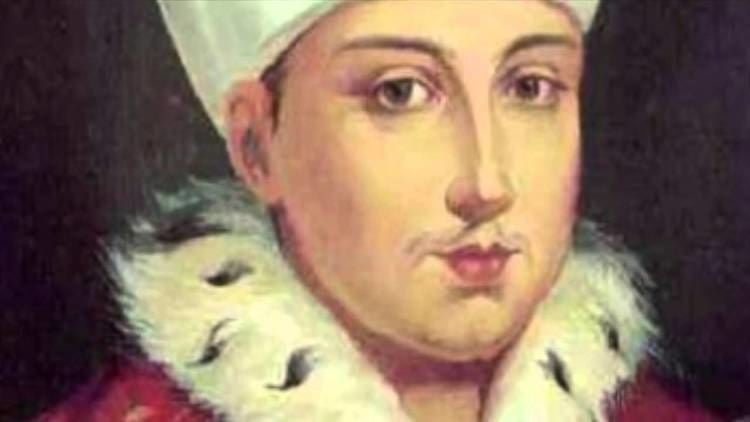
The basic and exceptional weakness from which Osman II suffered was the conspious absence of a female power basis in the harem. From 1620 until Osman's death, a governess (daye hatun, lit. wet-nurse) was appointed as a stand-in valide, and she could not counterbalance the contriving of Mustafa I's mother in the Old Palace. Although he did have a loyal chief black eunuch at his side, this could not compensate for the absence of what in the politics of that period was a winning combination, valide sultan–chief black eunuch, especially in the case of a young and very ambitious ruler. According to Piterberg, Osman II did not have haseki sultan, opposite with Peirce who claim that Ayşe was Osman's haseki. But it is clear that Ayşe could not take valide's role during her spouse's reign.
Death
Seeking a counterweight to Janissary influence, Osman II closed their coffee shops (the gathering points for conspiracies against the throne) and started planning to create a new and more loyal army consisting of Anatolian sekbans. The result was a palace uprising by the Janissaries, who promptly imprisoned the young sultan in Yedikule Fortress in Istanbul, where Osman II was strangled to death.
